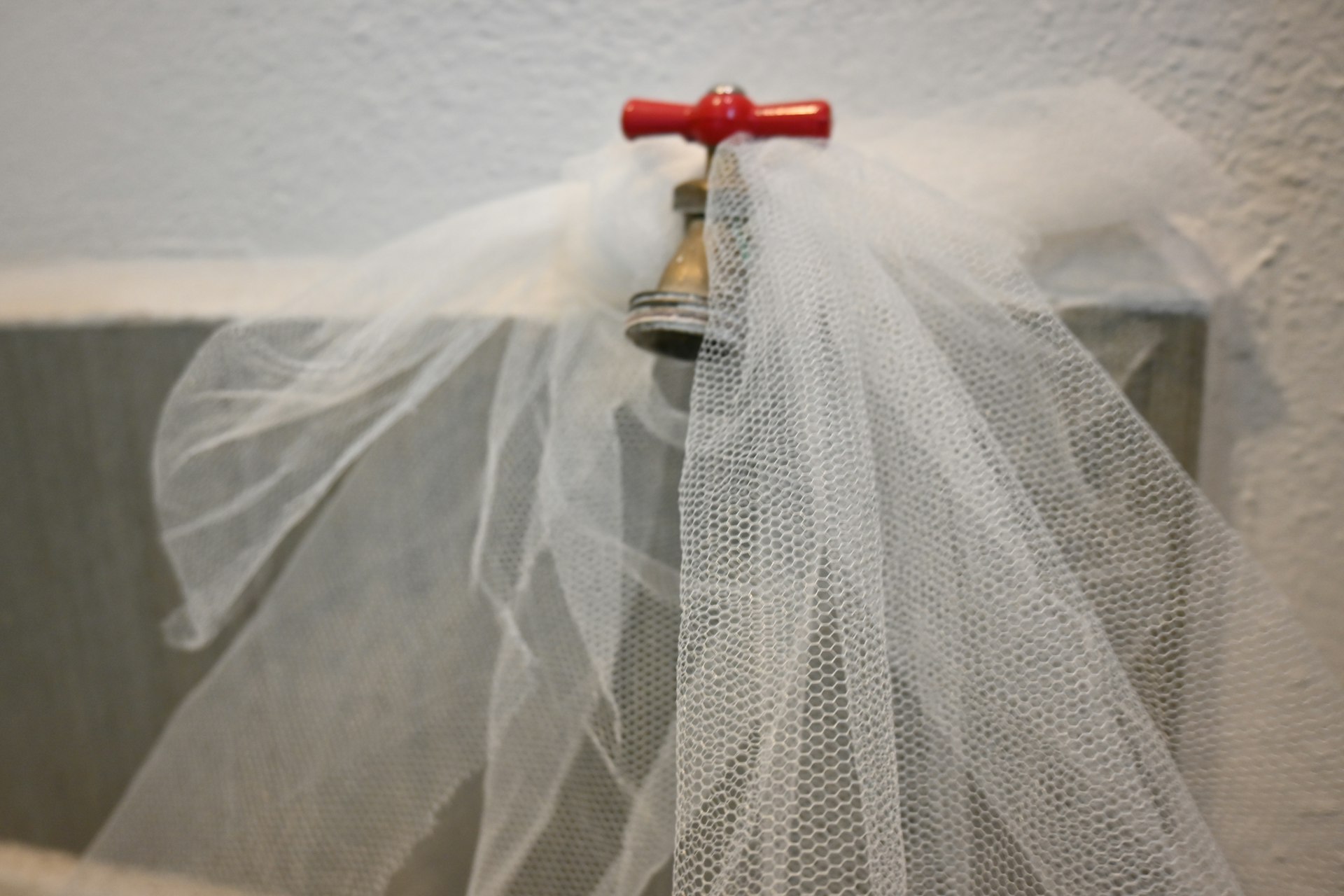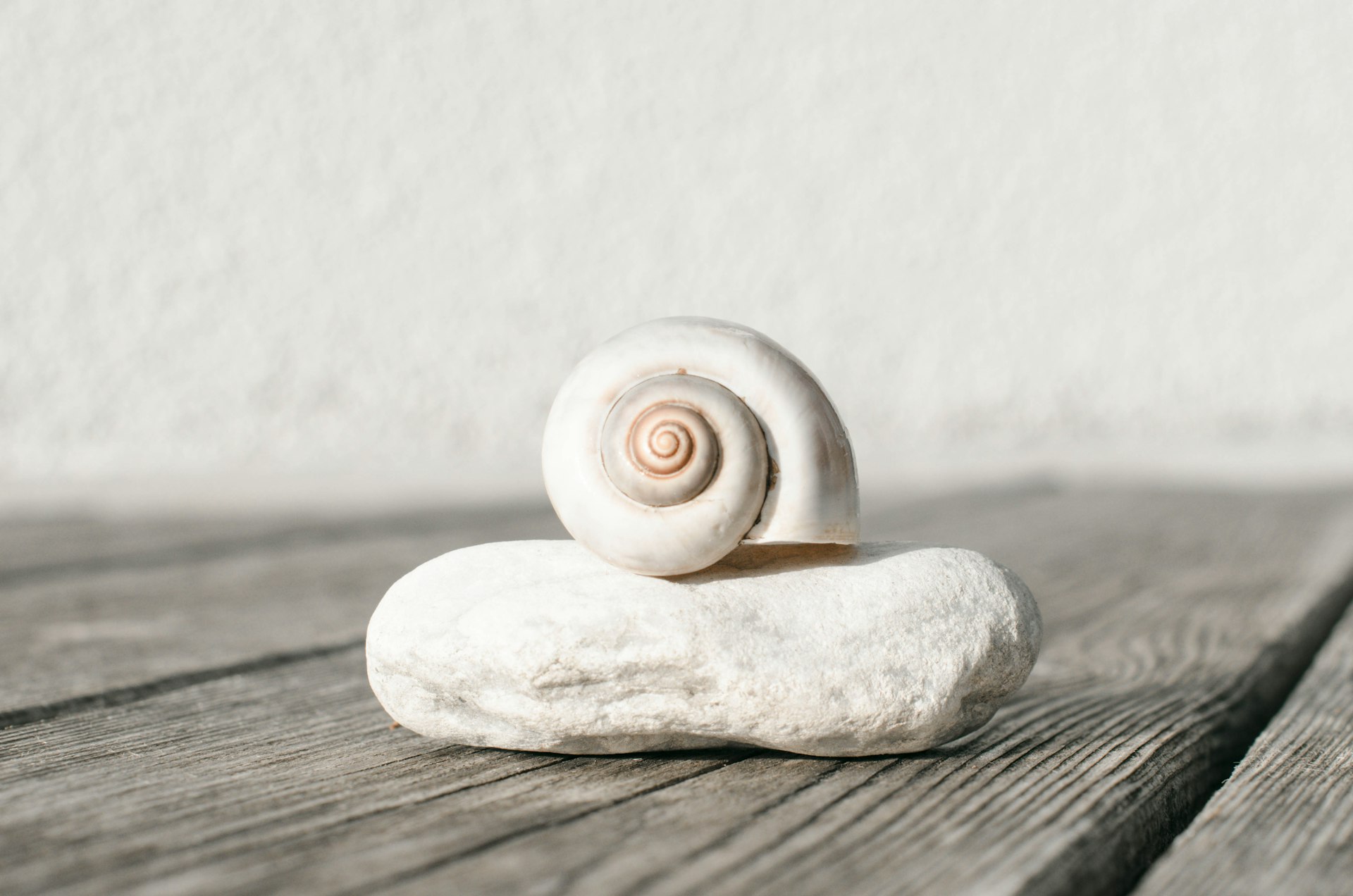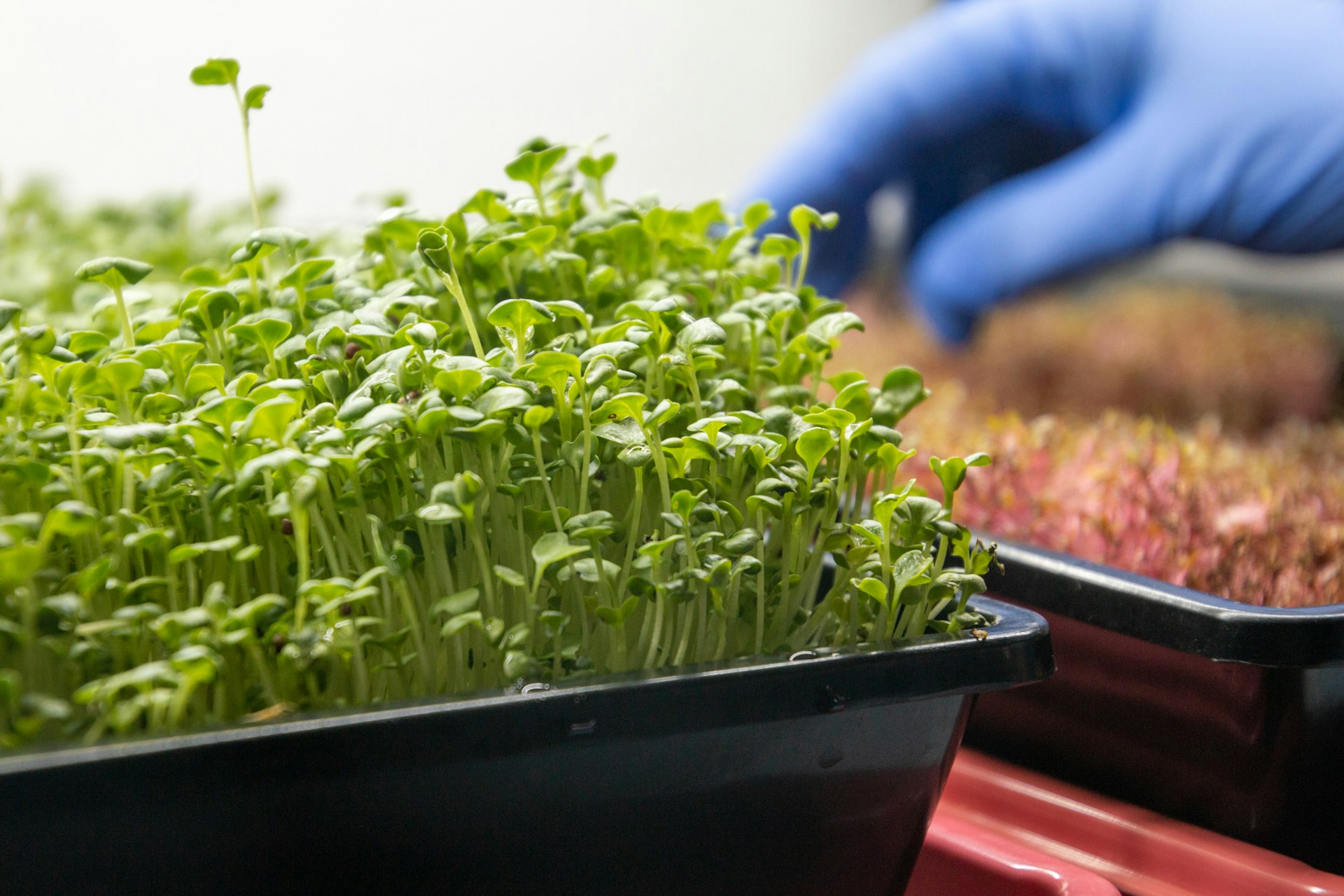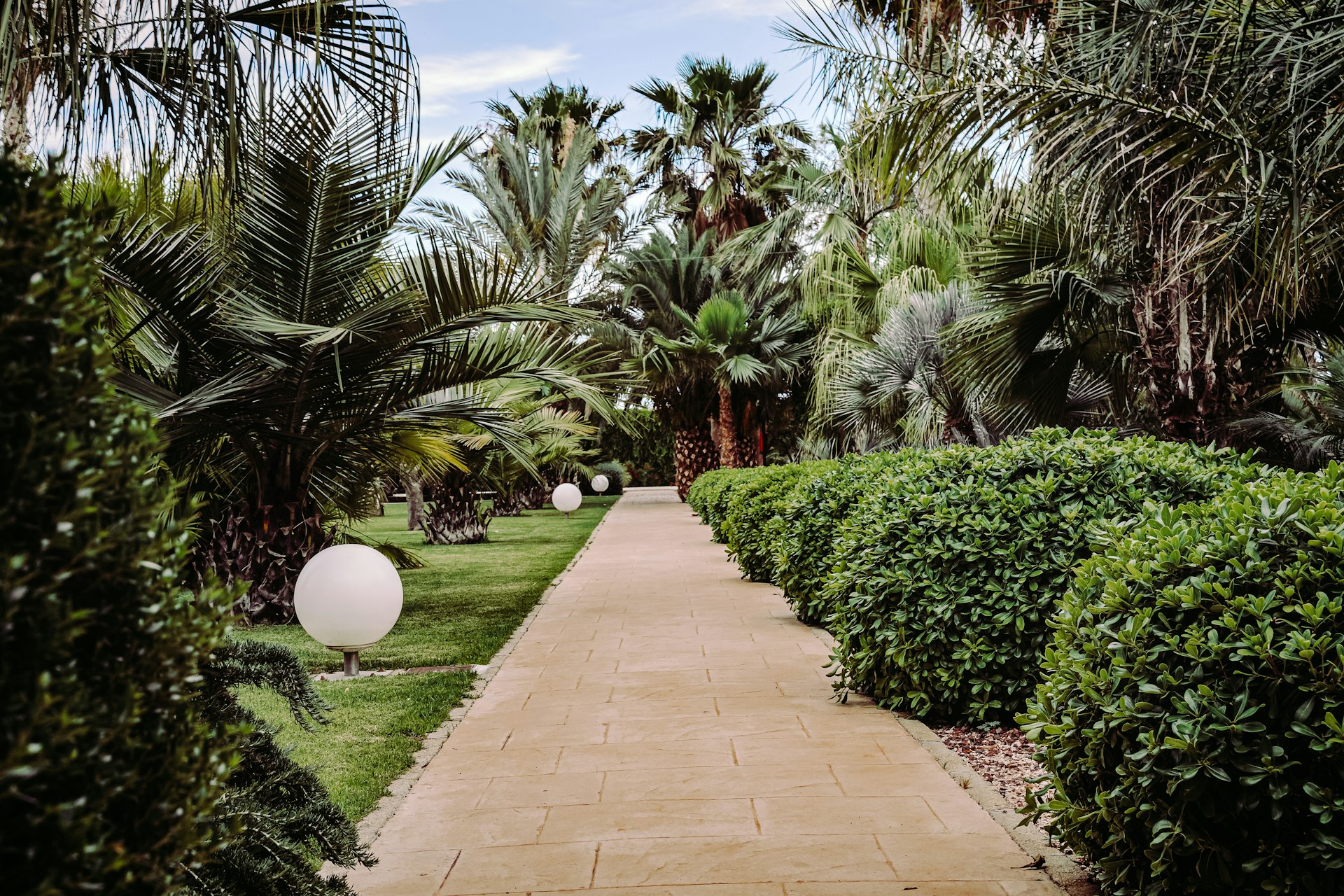Eco-Friendly Indoor Gardening Setups: Sustainable Solutions for a Greener Home

Photo by vadim kaipov on Unsplash
Introduction: Why Eco-Friendly Indoor Gardening?
Eco-friendly indoor gardening offers a practical way to bring nature inside while reducing your ecological footprint. By making informed choices about materials, methods, and maintenance, you can enjoy fresh herbs, vegetables, and greenery year-round with minimal environmental impact. Whether you have a small apartment or a spacious home, sustainable indoor gardening is accessible to everyone. This guide provides detailed, actionable steps for setting up your own eco-friendly indoor garden, highlights the challenges you might face, and suggests proven solutions and alternatives.
Choosing the Right Location and Environment
The initial step in any successful indoor garden is selecting the right location. Plants thrive in areas with adequate natural light, stable temperatures, and good air circulation. Most indoor plants prefer temperatures between 60-75°F (15-24°C) and do best in areas away from cold drafts or direct heat sources. Proper ventilation helps prevent pests and diseases. If humidity is low, especially in air-conditioned spaces, consider grouping plants together or using a humidifier to maintain optimal moisture levels [1] .
To maximize your garden’s eco-friendliness, select a spot that receives plenty of natural light; this reduces reliance on artificial lighting. If your space lacks sunlight, energy-efficient LED grow lights are a sustainable alternative. These lights use less electricity and emit less heat than traditional incandescent bulbs [1] .
Essential Sustainable Supplies and Tools
Opt for biodegradable, recycled, or reusable containers for your plants. Terracotta pots, upcycled jars, and bamboo planters are excellent choices. Ensure all containers have proper drainage to prevent root rot. For soil, choose organic potting mixes or make your own by blending compost, coconut coir, and perlite. This not only supports healthy plant growth but also reduces the need for synthetic fertilizers [4] .
Sustainable watering tools, such as watering cans made from recycled plastic or metal, minimize waste. Using a tray system with self-watering features can reduce water consumption and make maintenance easier [2] . For cleaning, natural solutions like vinegar or diluted rubbing alcohol help prevent pests without introducing harsh chemicals [1] .
Plant Selection: Low-Impact and High-Reward Choices
Choose plants that are well-suited to indoor environments and require minimal resources. Herbs (such as basil, mint, and chives), leafy greens (like lettuce and spinach), and dwarf vegetable varieties are ideal. These plants are not only easy to grow but also offer a continuous harvest with little waste [4] .
For a more sustainable setup, consider fast-growing plants that require less frequent replanting. Succulents and air plants have low water needs, while microgreens offer quick returns and are nutrient-dense. Avoid species that require frequent repotting or excessive water and fertilizer, as these increase your environmental footprint [3] .

Photo by tommao wang on Unsplash
Innovative Eco-Friendly Growing Methods
Two popular eco-friendly indoor gardening methods are terrariums and hydroponics. Terrariums, typically made from glass, create a microclimate that conserves water and protects plants from pests. You can build a terrarium by layering sand, stones, and organic soil, then adding your chosen plants. This method is particularly well-suited for small spaces and requires infrequent watering [3] .
Hydroponics eliminates the need for soil altogether, using water and nutrient solutions to support plant growth. Simple wick systems are easy to construct at home and can be made with repurposed containers. Hydroponic gardens tend to use less water overall and often result in higher yields. Instead of soil, use sustainable substrates like coconut coir or perlite, which are renewable and minimize waste [3] .
Lighting: Maximizing Efficiency and Sustainability
If your indoor space lacks adequate sunlight, invest in LED grow lights certified for energy efficiency. LEDs use up to 75% less energy than traditional bulbs and last significantly longer, reducing both energy use and replacement waste [1] . Place lights on timers to mimic natural daylight cycles, which helps plants grow while minimizing unnecessary energy consumption. Position reflective materials near your garden to enhance light distribution without adding extra fixtures.
Organic Pest and Disease Management
Maintaining an eco-friendly indoor garden means avoiding synthetic pesticides and chemical treatments. Instead, monitor your plants regularly for signs of pests or disease, and act quickly if issues arise. Introduce beneficial insects, such as ladybugs, for natural pest control, or use organic solutions like neem oil or insecticidal soap. Regularly cleaning leaves and checking for mold or mildew further reduces the risk of infestations [4] .
Prevention is key: keep your indoor garden tidy, remove dead leaves promptly, and avoid overwatering, which can lead to root rot and fungal issues. If you encounter persistent problems, consult local cooperative extension offices or university horticulture programs for region-specific, eco-friendly advice.
Water Conservation Strategies
Indoor gardening can be water-efficient with the right techniques. Collect rainwater for irrigation if possible, or reuse water from rinsing vegetables (as long as no harmful soap was used). Use self-watering planters or trays to reduce evaporation and ensure plants receive consistent moisture. Water in the early morning to minimize loss to evaporation and check soil moisture before each watering to avoid waste [3] .
For hydroponic setups, monitor water levels carefully and replenish only as needed. This method can be especially efficient, using up to 90% less water than traditional soil-based gardening. Always ensure containers have adequate drainage to prevent waterlogging and root issues [5] .
Step-by-Step: Setting Up Your Eco-Friendly Indoor Garden
1. Choose your location : Select a spot with good natural light, stable temperature, and airflow. 2. Select containers and soil : Opt for biodegradable or recycled pots, and fill with organic or homemade potting mix. 3. Pick your plants : Start with easy-care herbs, greens, or microgreens for best results. 4. Install lighting (if needed) : Use LED grow lights and set timers to match plant needs. 5. Establish a watering routine : Check soil moisture regularly, water efficiently, and use self-watering setups where possible. 6. Prevent pests : Keep the area clean, inspect plants weekly, and use organic treatments as needed. 7. Monitor and adjust : Observe your garden’s progress, adjust lighting and watering as plants grow, and transplant to larger containers if roots become crowded [5] .
Potential challenges include inadequate light, over- or under-watering, and pest infestations. Address these by selecting the right plants for your space, using energy-efficient lighting, and maintaining a clean, healthy environment. If you face persistent issues, consult local gardening clubs, cooperative extension services, or online forums for troubleshooting tips and community support.
Alternative Approaches for Diverse Needs
Not all homes or lifestyles are alike, so consider alternative methods that suit your circumstances:
- Vertical gardening : Use wall-mounted planters or shelving to maximize space and add greenery to small areas.
- Community gardening : If indoor space is limited, join a local community garden or cooperative to share resources and expertise.
- Smart gardening : Explore automated planters and self-watering systems, which can save time and reduce water use for busy households.
Each approach can be tailored with sustainable materials and practices to minimize environmental impact while maximizing your enjoyment and results.
How to Access Further Support and Resources
If you need personalized guidance, consider contacting your local cooperative extension office-these are typically run by universities and offer free or low-cost support for home gardeners. You can find these offices by searching for “cooperative extension” and your state or county. Local plant nurseries and gardening clubs also provide workshops, plant swaps, and resources for eco-friendly gardening.
To stay up to date with the latest sustainable gardening trends and techniques, consider following established horticulture organizations and reading reputable gardening blogs. For specific product recommendations or troubleshooting, search for recent reviews from trusted consumer organizations or university extension programs.
Conclusion: Bringing Sustainability Home
Eco-friendly indoor gardening setups empower you to create a lush, healthy environment while reducing your ecological footprint. By making thoughtful choices about location, materials, plants, and methods, you’ll enjoy fresh produce and greenery all year. Embrace sustainable practices, seek out community resources, and continue learning as you grow your indoor oasis. With attention to detail and a commitment to the environment, you’ll cultivate not just plants, but a greener, healthier home for years to come.
References
- [1] Acorn Horticulture (2023). A Beginner’s Guide to Setting Up an Indoor Garden.
- [2] YouTube (2024). Starting An Indoor Herb & Vegetable Garden.
- [3] Ambient Building Products (2022). Creating a Sustainable Indoor Garden.
- [4] First Saturday Lime (2024). How to Grow an Indoor Vegetable Garden.
- [5] The Provident Prepper. How to Grow an Indoor Survival Garden.
MORE FROM hotondeals.com













